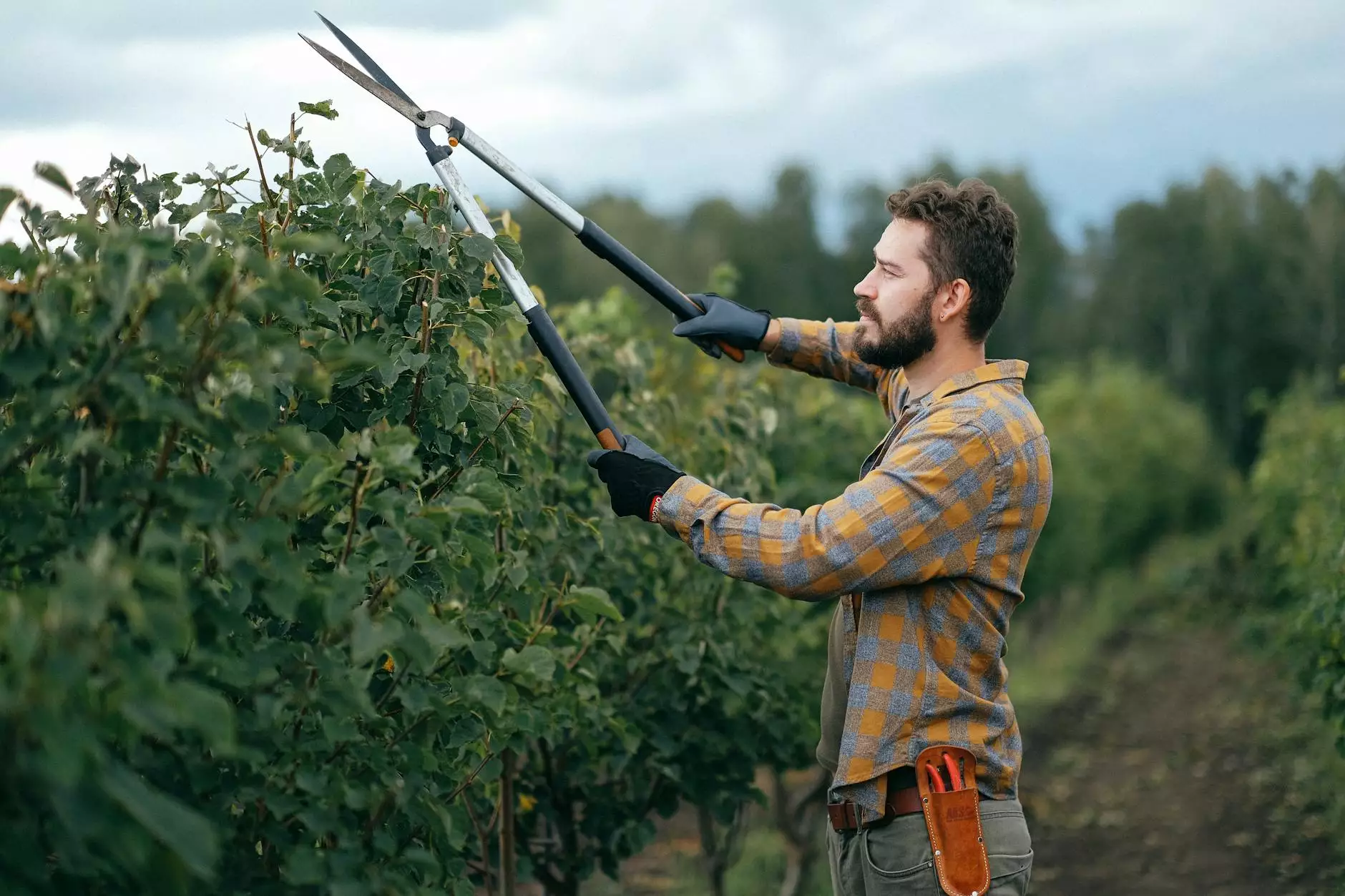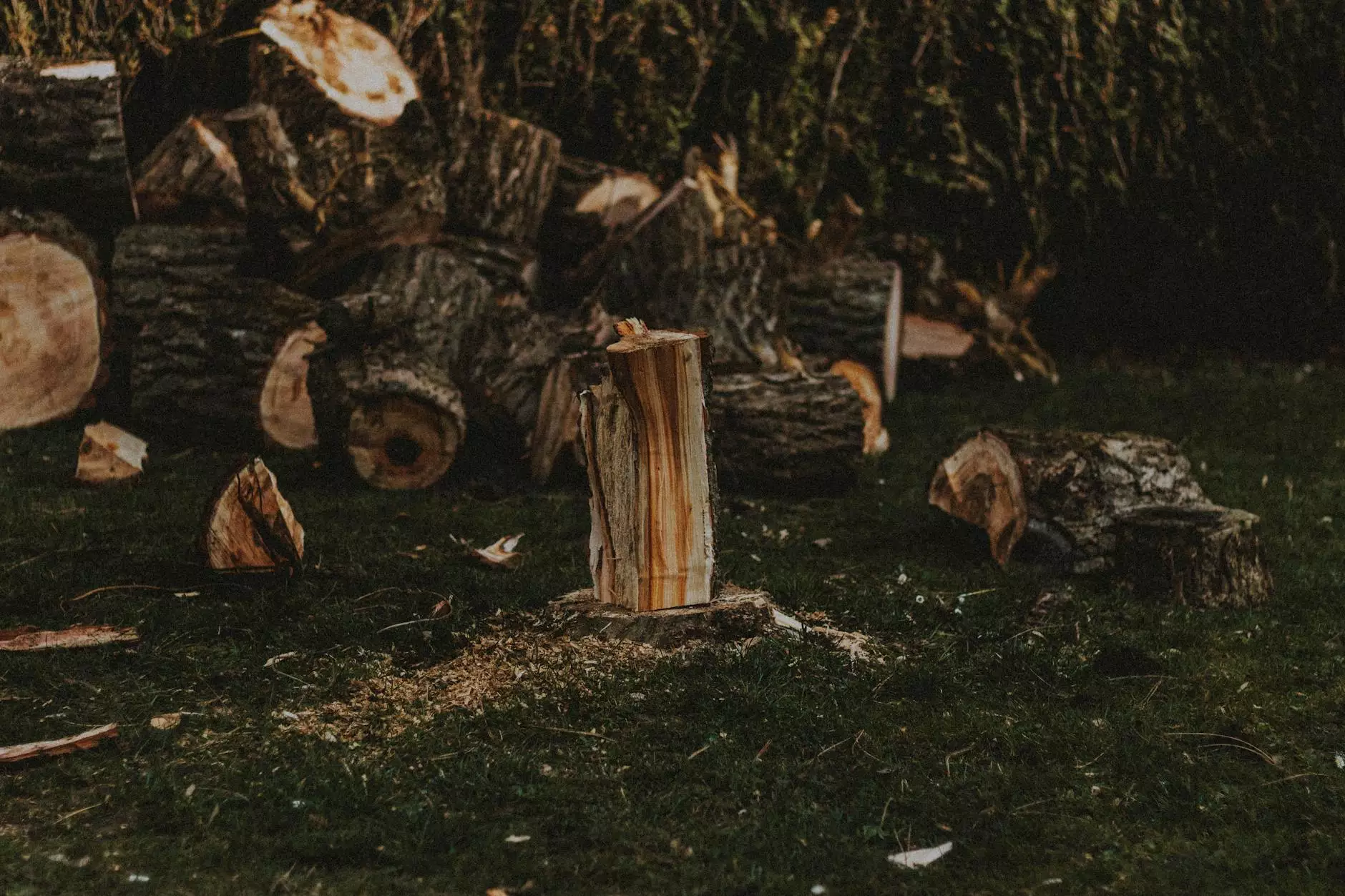Guide to Spring Pruning in Central Iowa

Introduction
Welcome to the ultimate guide to spring pruning in Central Iowa, brought to you by Cutting Hedge Services. Spring is a critical time for pruning your plants and trees, as it sets the stage for healthy growth and vibrant blooms throughout the year. In this guide, we will provide you with comprehensive information on the best practices and techniques to prune your plants effectively and promote their overall well-being.
The Importance of Spring Pruning
Pruning plays a crucial role in maintaining the health and beauty of your garden. It helps remove dead, diseased, or damaged branches, stimulates new growth, improves air circulation, and shapes plants to enhance their aesthetic appeal. Spring pruning specifically allows for optimal recovery and growth, as plants are coming out of their dormant period and are ready to put their energy towards new growth.
Tools for Spring Pruning
Before diving into the actual pruning process, it's essential to have the right tools at your disposal. Investing in high-quality pruning tools will make the task easier and ensure clean cuts that promote healing. Some essential tools for spring pruning include:
- 1. Pruning Shears: Ideal for cutting small branches, stems, and flowers.
- 2. Loppers: Designed for pruning thicker branches that pruning shears can't handle.
- 3. Pruning Saw: Necessary for cutting larger branches and trees.
- 4. Hedge Trimmers: Used for shaping hedges and shrubs.
- 5. Gloves: Protect your hands from thorns and potential injuries.
Spring Pruning Techniques
Proper pruning techniques are vital to ensure the health of your plants and trees. Here are some key techniques to follow during spring pruning:
1. Assessing Your Plants
Start by assessing the condition of your plants. Identify any dead or damaged branches to be removed, as they can attract pests and inhibit healthy growth.
2. Timing
Pruning at the right time is crucial. Spring pruning should be done before new growth begins, usually in late winter to early spring. Be mindful of any specific plant species that require different pruning schedules.
3. Making Clean Cuts
When pruning, always make clean cuts just above a bud or branch junction. Avoid leaving stubs, as they can invite disease and hinder regrowth.
4. Shaping and Thinning
For aesthetic purposes, consider shaping and thinning out your plants. Remove excess branches to improve air circulation and reduce the risk of fungal diseases.
5. Pruning Fruit Trees
If you have fruit trees, it's crucial to follow specialized pruning techniques to maximize their productivity. Consult specific resources or seek professional advice for the best practices regarding fruit tree pruning.
Common Plants for Spring Pruning
Although the specific pruning needs may vary depending on the plant species, some common plants that benefit from spring pruning include:
- 1. Roses: Pruning roses in spring promotes vigorous blooming and controls disease.
- 2. Fruit Trees: Proper pruning enhances fruit production and maintains tree structure.
- 3. Shrubs: Shaping shrubs in spring keeps them compact and promotes healthy growth.
- 4. Perennials: Pruning perennials removes dead foliage and encourages new shoots.
- 5. Evergreen Trees: Removing dead branches from evergreens improves their appearance and overall health.
Conclusion
Congratulations! You are now equipped with the knowledge needed to tackle spring pruning in Central Iowa. Remember, the key to successful pruning is understanding the unique needs of each plant and following proper techniques. By investing time and effort into spring pruning, you will create a vibrant and healthy garden that will be the envy of your neighbors. Should you require any assistance or prefer professional help, Cutting Hedge Services is always ready to provide expert pruning services tailored to your specific needs. Happy pruning!










